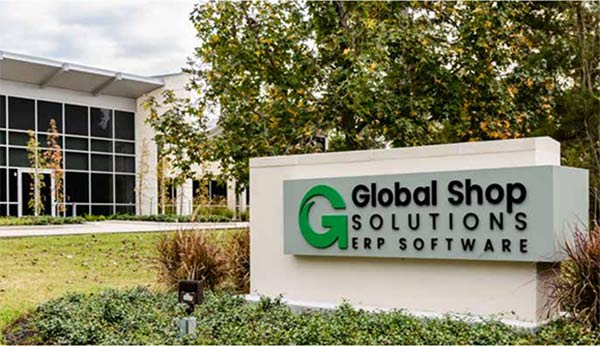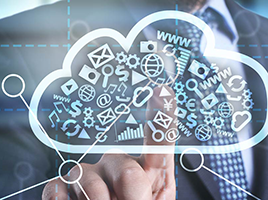Realizing the SaaS promise of cheaper, more flexible and scalable ERP is only possible if you know how to keep usage-based, per-user and other common pricing schemes straight.
Increasingly, enterprises are considering moving to SaaS ERP systems to operate more efficiently and save money. But as they do, they’re being faced with a confusing array of pricing options, including per-user and usage-based pricing. Several experts weighed in on the various pricing models to help organizations better understand SaaS ERP subscription costs. Here’s what they said.

Usage-Based Pricing
“Usage is consumption of resources,” said Nick Brigman, vice president of digital strategy and client enablement at CompuCom, an IT managed services company based in Fort Mill, S.C. “Usage could be based on storage and it could be triggered by petabytes, terabytes, etc. We’re also seeing time-dependent usage, which is the emerging element of the market where I might be charged by the minute, so it’s really about how long [the service] is active and actually consuming resources.”
The problem with usage-based pricing from an enterprise perspective, however, is that it’s hard for companies to predict their costs for budgeting purposes, according to Matt Klassen, vice president of product marketing at Cherwell Software LLC, based in Colorado Springs, Colo.
“Most companies want to know when they sign a contract what they’re going to be paying – at least they want a maximum,” he said. “And if usage-based says, “hey, it’s only going to be up to x, but it could be less,’ that’s a good thing. But if it’s x-plus, that’s a bad thing for most organizations.”
Per-User / Per-Seat Pricing
According to a recent survey by the KBCM Technology Group, 36% of 212 companies surveyed opted for this model, while 29% chose usage-based pricing.
While popular, this pricing model might not be advantageous for every enterprise considering SaaS ERP. “If a company is trying to push out a platform to the entire organization, having it be limited by the number of seats – or having the costs be incrementally higher by the number of seats – isn’t advantageous,” said Seth Lippincott, an analyst at Boston-based Nucleus Research.
“If it’s a point product and they’re looking to empower just one department or one area of the business, it makes more sense for them, from a marginal costs perspective, to have it be by the number of seats,” he said.
Per-Active-User Pricing
Tiered Pricing
“With tiered pricing, you have some metric that is based on company size, revenue [or] complexity in terms of how the product is priced,” said Ranga Bodla, head of industry marketing at Oracle NetSuite, a SaaS ERP vendor based in San Mateo, Calif.
Tiered pricing is the traditional SaaS pricing model, according to Klassen.
“It’s the tried-and-true model,” he said. “I’ve worked for about five or six enterprise software companies that have offered SaaS models and I would say the leader, in many instances, or at least the company that was perceived as the most aggressive growth company in the market offered a very simple tiered model.”
The key with the tiered model is the number of tiers and what’s included in the tiers, Klassen said.
Freemium
For example, a vendor could offer subscription pricing for an enterprise version at $25 per user, per month, billed annually, plus the costs of additional features, to get customers to upgrade to the paid plan.
Flat-Rate Pricing
“Flat-rate pricing has no other charges either for additional users or additional consumption,” Brigman said.
According to Klassen of Cherwell Software, flat-rate pricing comes up occasionally because it has the benefit of being extremely simple.
This pricing model also means there is a cost for a certain service for a given time period, typically annually. However, some vendors offer discounts to customers that sign three-year contracts, although they bill them annually.
“Flat rate would be the closest thing to what used to be enterprise licensing,” Klassen said. “Vendors like Microsoft are famous for doing enterprise licensing, and they still do even with SaaS because the world really is hybrid. There are a few companies that live in the cloud, especially smaller companies, but the enterprise is messy and hybrid.”
“However, most vendors that sell SaaS licensing don’t offer flat-rate pricing, or they do it very infrequently,” he said.
Bottom Line
“For example, it could be a base fee plus users and the cost goes up as you add users,” he said. “You might also have a user-based pricing model, but then for certain types of functionality that are add-ons, or for add-on modules, it’s a flat rate.”




